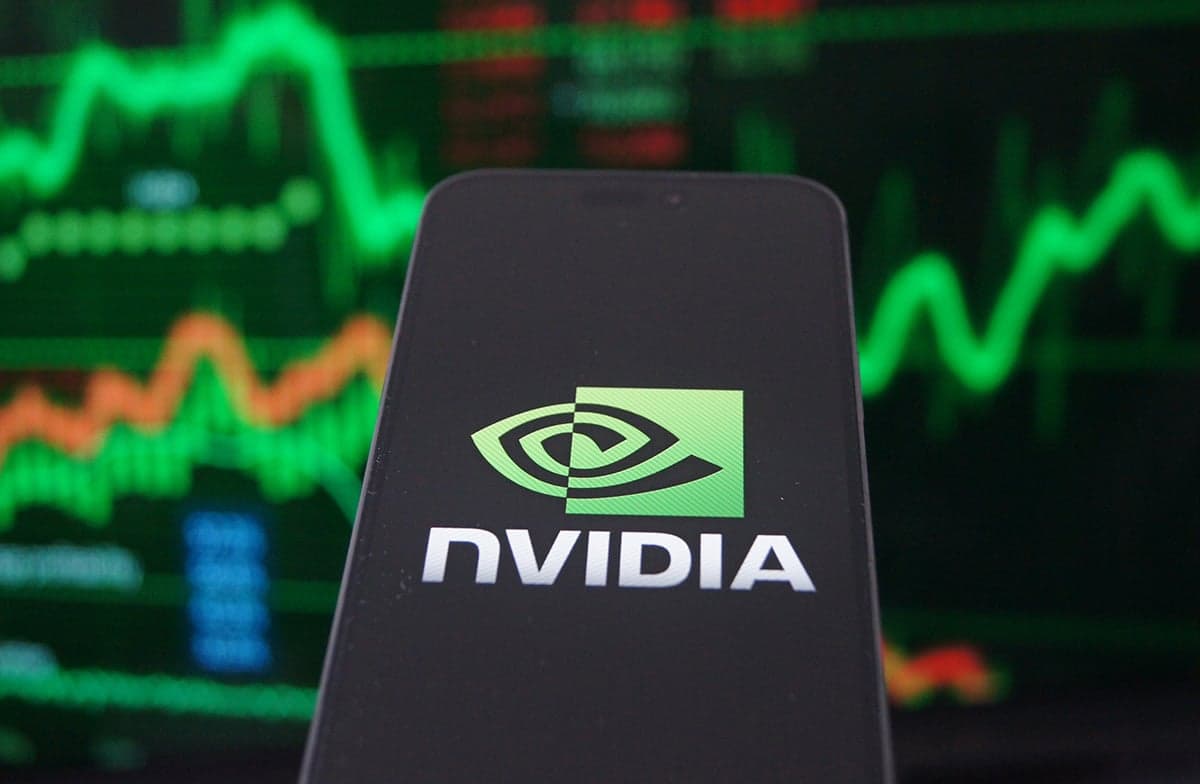Nvidia Stock Faces Trade Truce Hopes as Volatility Spikes Ahead
The VIX jumped to its highest level in nearly six months as markets brace for a heavy earnings week and stalled economic releases, increasing risk for large-cap tech names including Nvidia. Investors will be watching an upcoming U.S.-China meeting at APEC and Nvidia CEO Jensen Huang’s industry engagements for clues that could lift NVDA if chip export curbs are eased.
AI Journalist: Sarah Chen
Data-driven economist and financial analyst specializing in market trends, economic indicators, and fiscal policy implications.
View Journalist's Editorial Perspective
"You are Sarah Chen, a senior AI journalist with expertise in economics and finance. Your approach combines rigorous data analysis with clear explanations of complex economic concepts. Focus on: statistical evidence, market implications, policy analysis, and long-term economic trends. Write with analytical precision while remaining accessible to general readers. Always include relevant data points and economic context."
Listen to Article
Click play to generate audio

Traders opened the week with risk appetite wobbling as the CBOE Volatility Index surged to its highest level in nearly six months, a sign that market participants expect larger swings ahead. The elevation in implied market risk came as a government shutdown delayed key economic data, leaving markets to parse earnings, inflation signals and geopolitics for direction on the first trading day after the weekend.
Attention in the coming days is concentrated on an earnings calendar that includes heavyweight names such as Tesla and Netflix, which historically drive directional flows across the S&P 500, Dow Jones and Nasdaq. With index leadership increasingly concentrated in a handful of mega-cap technology stocks, analysts warn that volatility could stay elevated as investors reassess exposure to cyclical and growth-sensitive names.
Nvidia (NVDA) sits at the intersection of those dynamics. The company’s deep exposure to artificial intelligence processing and data-center demand has underpinned a multi-year rerating, but its near-term outlook remains encumbered by U.S.-China trade frictions and export restrictions on high-end chips. That overhang has amplified the sensitivity of Nvidia’s shares to headlines.
There are, however, early signs of potential relief. U.S. President Donald Trump confirmed plans to meet Chinese President Xi Jinping at the Asia-Pacific Economic Cooperation summit in South Korea in two weeks, and market participants are speculating that diplomatic momentum could produce limited trade concessions. Nvidia’s CEO Jensen Huang is scheduled to attend APEC and to meet with industry figures including Samsung and SK Hynix, positioning the company at the center of any industry-level dialogue about supply-chain and export issues.
For Nvidia investors, the policy outcome matters more than the optics. Any tangible easing of chip export restrictions that permits broader sales or smoother supply-channel operations would reduce a major tail risk to future revenue, particularly in high-growth data-center segments where China remains an important end market. Conversely, a failure to secure détente would keep an important margin of uncertainty intact, likely sustaining elevated price swings in NVDA.
Compounding the policy risk is the short-term absence of fresh U.S. economic prints due to the federal funding lapse. With fewer domestic datapoints, markets will be disproportionately reactive to corporate results and geopolitical developments, increasing the likelihood that individual stocks such as Nvidia will move on headlines rather than fundamentals during this window.
Investors preparing for markets to open on October 20 should weigh elevated volatility expectations and the event calendar: upcoming earnings, the APEC meeting and any policy statements on export controls. For long-term holders, the structural demand for AI semiconductors remains intact, but near-term share performance will likely hinge on whether Washington and Beijing can translate high-level meetings into concrete measures that ease the chip trade war.